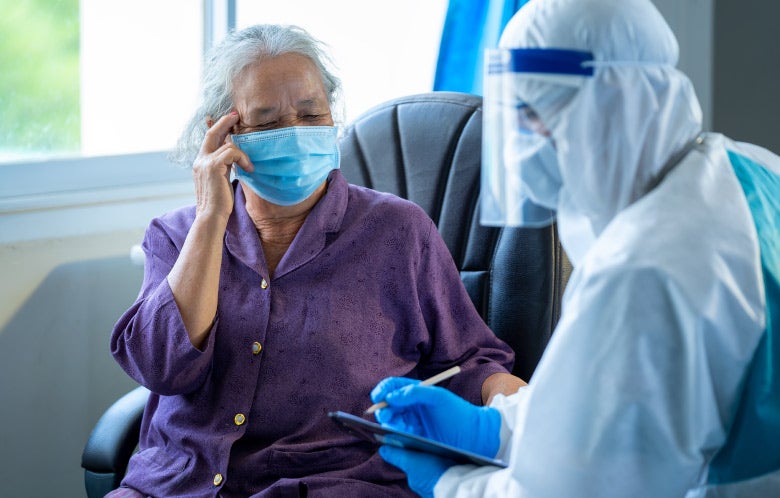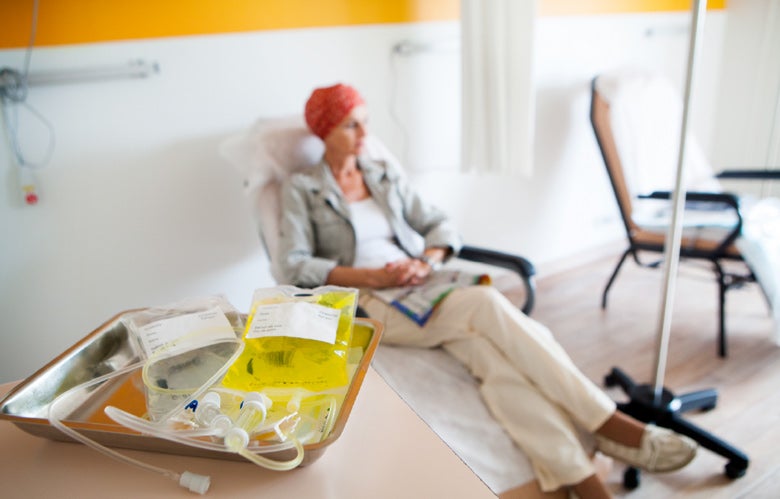Short-acting beta2-agonists (SABAs) are often used as asthma rescue medications. SABAs exert little effect on the underlying airway inflammation and leave the patients at risk for severe asthma exacerbations. Many patients are still prescribed a SABA alone for rescue treatment, although the updated 2022 GINA guideline suggests as-needed combined inhaled corticosteroid (ICS)/formoterol as preferred Step One therapy. A recently published phase 3 trial called MANDALA evaluated a new formulation of albuterol (SABA) and budesonide (ICS) in a single inhaler device as a rescue therapy for asthma and compared it to albuterol alone.
The multicenter trial enrolled 3,132 adults and children aged four years and older (mean age was 49 years, 94 percent adults) with uncontrolled moderate-to-severe asthma. Patients 12 years and older were randomized to either a high- or low- dose combination of budesonide plus albuterol or albuterol alone as rescue treatment. The maximum daily use of rescue medication that was allowed was 12 inhalations (six doses). All patients continued to receive standard maintenance therapy. The primary efficacy outcome was time to first event of severe asthma exacerbation, defined as three or more consecutive days of treatment with systemic glucocorticoid, a visit to the emergency department or urgent care during which systemic glucocorticoids were used, or a hospitalization for asthma lasting at least 24 hours.
Compared with albuterol alone, high-dose albuterol/budesonide reduced the risk of severe asthma exacerbation (hazard ratio 0.74, 95% CI 0.62-0.89). A similar result was observed in the lower-dose albuterol/budesonide group, although it did not reach statistical significance (hazard ratio 0.84, 95% CI 0.71-1). The annualized rates of severe asthma exacerbations among the patients 12 years and older were 0.43 (95% CI 0.33-0.58) with high-dose albuterol/budesonide and 0.58 (95% CI 0.44-0.77) with albuterol alone. Among all patients, these rates were 0.48 (95% CI 0.37-0.63) with lower-dose albuterol/budesonide and 0.6 (95% CI 0.46-0.79) with albuterol alone. The four most common adverse events were nasopharyngitis, headache, COVID-19, and upper respiratory tract infection, each occurring at similar rates (< 10 percent) in the three randomized groups.
Based on this high-quality trial, combined high-dose budesonide plus albuterol (160 mcg/180 mcg) seems to offer an additional benefit over albuterol alone in adults in terms of prolonging the time to first severe exacerbation, although the expected differences in the number of annual asthma exacerbations is fairly modest. This trial does not offer much by way of conclusions for children due to low numbers. There is a possibility of a dose-response as suggested by the difference in outcomes in the lower as compared higher dose group. Finding the right dose for the right population will likely take time and, of course, more data.
For more information, see the topic Asthma in Adults and Adolescents in DynaMed.



